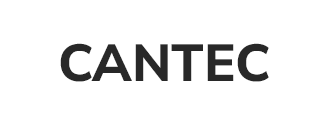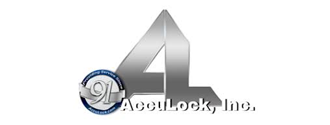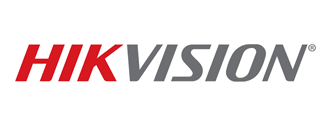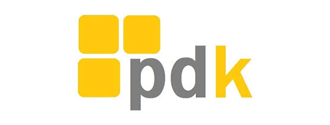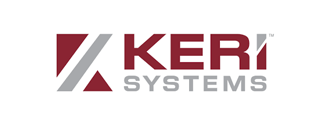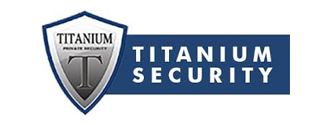Access Control Systems
Santa Clarita, CA
5% Off Hardware for Seniors, First Responders, and Military
One-Year Parts and Labor Warranty
Free On-Site Estimates
Request Call Back
Hero Request Form
Thank you for contacting us.
We will get back to you as soon as possible.
Please try again later.
Text
Msgs may be autodialed. Consent to texts not required to purchase our svcs. Msg. and data rates may apply.
Access Control Systems for Enhanced Security
Sassi Security provides comprehensive access control solutions for commercial, industrial, and residential properties in Santa Clarita, CA, and Van Nuys, CA. Our systems are designed to meet the diverse security needs of our clients, offering both physical and logical access control measures. We understand the importance of protecting your assets and ensuring only authorized individuals can enter specific areas or access sensitive information.
- Physical access control
- Logical access control
- Access control lists
- Commercial and industrial solutions
- Residential security systems
Contact Sassi Security to discuss your access control needs and receive expert guidance on the best system for your property.
The Importance of Access Control
Access control systems are essential for maintaining security and protecting valuable assets. They provide numerous benefits for businesses and homeowners alike:
- Prevent unauthorized entry
- Monitor and track access attempts
- Protect sensitive information and assets
- Enhance employee and resident safety
- Reduce the risk of theft and vandalism
- Comply with industry regulations
- Streamline access management
By implementing a robust access control system, you can significantly improve the security of your property and gain peace of mind. Sassi Security can help you select and install the right solution for your specific needs.
Why Choose Sassi Security
When it comes to access control systems, Sassi Security stands out as the premier choice in Santa Clarita, CA, and Van Nuys, CA. Our commitment to excellence and customer satisfaction sets us apart:
- Over 30 years of industry experience
- Licensed, bonded, and insured
- Complete in-house solutions
- PDK-certified, Butterfly-certified, and Cantec-certified
- Free on-site estimates
- Price matching available
- Same-day services
- Virtual appointments for convenience
- 5% off hardware for seniors, first responders, and military
- One-year parts and labor warranty
- Manufacturer warranties available
Our team of experts is dedicated to providing quality services and tailored solutions to meet your unique security requirements. Trust Sassi Security to deliver reliable and effective access control systems for your property.
Contact Us
Ready to enhance the security of your property with a state-of-the-art access control system? Sassi Security is here to help. Our team of experienced professionals will work closely with you to assess your needs and design a customized solution that provides optimal protection for your assets and personnel. Don't compromise on security. Reach out to Sassi Security today and take the first step towards implementing a robust access control system that will safeguard your property and give you peace of mind. Our friendly staff is ready to answer your questions and schedule a consultation at your convenience.
- Bullet text
- Bullet text
- Bullet text
- Bullet text
- Bullet text
- Bullet text
- Bullet text
- Bullet text
- Bullet text
- Bullet text
Title or Question
Describe the item or answer the question so that site visitors who are interested get more information. You can emphasize this text with bullets, italics or bold, and add links.Title or Question
Describe the item or answer the question so that site visitors who are interested get more information. You can emphasize this text with bullets, italics or bold, and add links.Title or Question
Describe the item or answer the question so that site visitors who are interested get more information. You can emphasize this text with bullets, italics or bold, and add links.
Gallery Heading H2

First responders and military personnel enjoy 5% off security hardware.
Protect your home with top-quality equipment at a special discount.
Must mention this coupon at the time of scheduling.
Reviews

Don't wait to secure your property.
Get quick, efficient installation and
repairs when you need them most.
Contact us for immediate assistance.


